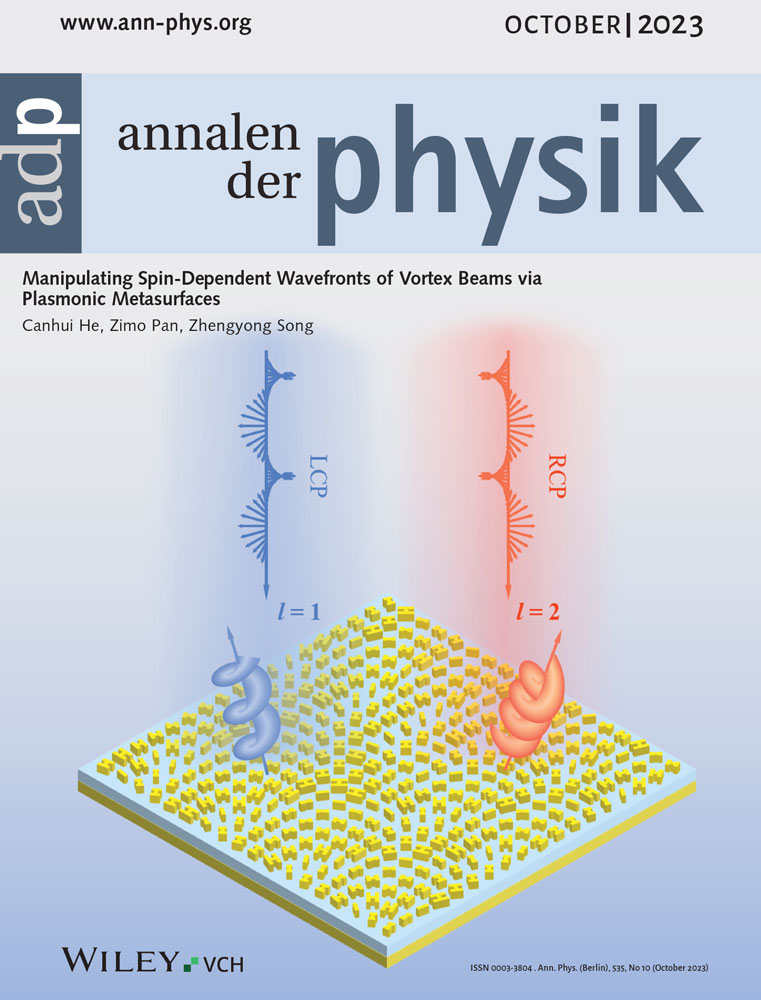Manipulating Spin-Dependent Wavefronts of Vortex Beams via Plasmonic Metasurfaces
Abstract
Conventional metasurfaces based on geometric phase are constrained to spin-locked phase profile, resulting in mirrored functionalities for different spins. A single flat device that enables independent manipulation of wavefronts in two orthogonal circularly polarized channels is of paramount importance in wireless and optical communications. In this work, by tuning the dimension and rotation angle of H-shaped meta-atoms to synthesize propagating phase and geometric phase, spin-dependent plasmonic metasurfaces are presented to manipulate circularly polarized waves in the visible band. To verify the capability of spin-dependent wavefront manipulation, three metasurfaces are implemented. The first metasurface generates vortex beams with orbital angular momentum (OAM) l = 1 under left-handed circularly polarized (LCP) incidence and l = 2 under right-handed circularly polarized (RCP) incidence. By introducing convolution operation, the second metasurface is capable of producing vortex beams with different OAMs and different directions for two spins. The third metasurface produces dual-beam and quad-beam with different OAMs for different circular polarizations. This scheme can provide a new pathway in ultracompact nanophotonic devices and systems.
Conflict of Interest
The authors declare no conflict of interest.
Open Research
Data Availability Statement
The data that support the findings of this study are available from the corresponding author upon reasonable request.




